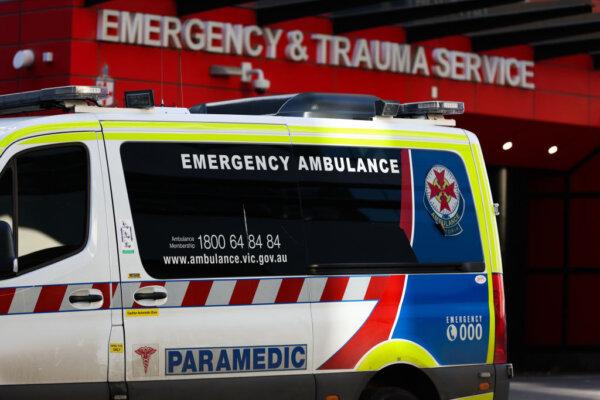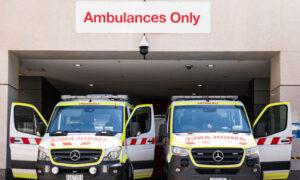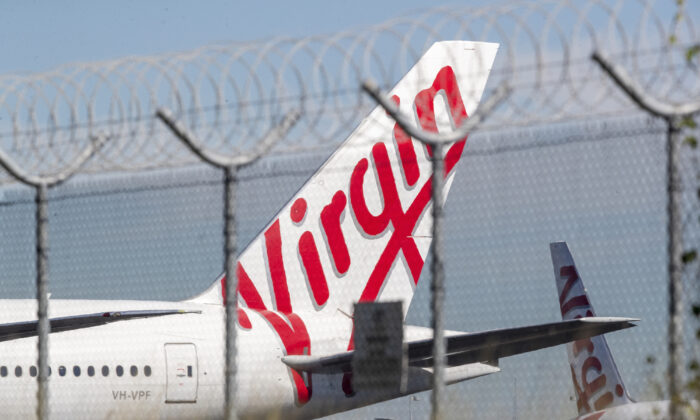‘The data are clear, the ability of our public hospital system to treat patients on time is falling,’ the report states.
Australians undergoing elective surgery, or planned surgery, are now waiting twice as long as they did 20 years ago as emergency departments continue to grapple with the logjam in emergency departments.
For instance, the median wait time for elective surgery has reached a record high of 49 days, up from 27 days in 2001-2002, according to the Australian Medical Association’s (AMA) public hospital report card (pdf) published on April 19.
The report also reveals a concerning trend in timely access to category two planned surgeries, including critical procedures such as heart valve replacements, congenital cardiac defects, curettage nerve decompression, and surgery for fractures, which have fallen 23 percent over five years, reaching their lowest level on record.
The number of these surgeries performed per 80 Australians has also fallen from 0.915 to 0.837 over the same period.
AMA President Professor Steve Robson emphasised the urgency of these procedures.
“These surgeries are essential—they are not elective or cosmetic, and every day of waiting can bring serious pain and increased risks to patients,” Mr. Robson said.
The AMA prefers using the term “planned surgery” over “elective surgery” because it refers to essential and lifesaving procedures and tests that will restore basic functions for clients.
Mr. Robson also noted the proportion of hospital beds at public hospitals is at its lowest on record, with 14.3 beds available per 1,000 Australians over the age of 65, compared to 32.5 beds in 1991-92.
Highest Emergency Wait Times in a Decade
Furthermore, emergency department wait times have also reached a decade-high, with fewer patients being seen on time across all categories.
For example, 68 percent of emergency patients, 58 percent of urgent emergencies, 68 percent of semi-urgent emergencies, and 88 percent of non-urgent emergencies were seen on time.
While emergencies such as resuscitation were all seen on time, emergency wait times for category four and category five emergencies—treatments that need to be seen in 60 and 120 minutes, respectively—have not improved over the past decade.
 An ambulance is parked in front of the Emergency and Trauma service at the Royal Melbourne Hospital in Melbourne, Australia, on July 21, 2022. (Asanka Ratnayake/Getty Images)
An ambulance is parked in front of the Emergency and Trauma service at the Royal Melbourne Hospital in Melbourne, Australia, on July 21, 2022. (Asanka Ratnayake/Getty Images)“The data are clear, the ability of our public hospital system to treat patients on time is falling, and has been falling since well before the impact of COVID-19,” the report states.
Additionally, in 2022–23, the proportion of people in all categories who completed their emergency presentation within four hours or less was 56 percent—a fall of 5 percent from 2023, the lowest since 2011.
Notably, the Northern Territory was the best-performing jurisdiction, with its emergency departments completing their emergency treatment within four hours, or 61 percent of the time.
‘Unacceptable’: AMA President Calls on Health Ministers for More Action
Meanwhile, Mr. Robson has called for urgent action from the health ministers to address such issues impacting hospitals.
“Last year, we welcomed the federal government’s announcement of a significant public funding boost to the hospital funding agreement and the decision to replace the 6.5 percent funding growth cap with a more generous approach,” he said, adding that action is needed now and not in 2025 when the agreement takes place.
“Australians are now waiting almost twice as long on average for planned surgery than they were 20 years ago, which is unacceptable.”
In April 2023, the AMA called for an urgent overhaul of the nation’s public health system following a report that revealed the lowest hospital performance levels since the 90s.














 English (US) ·
English (US) ·  Turkish (TR) ·
Turkish (TR) ·